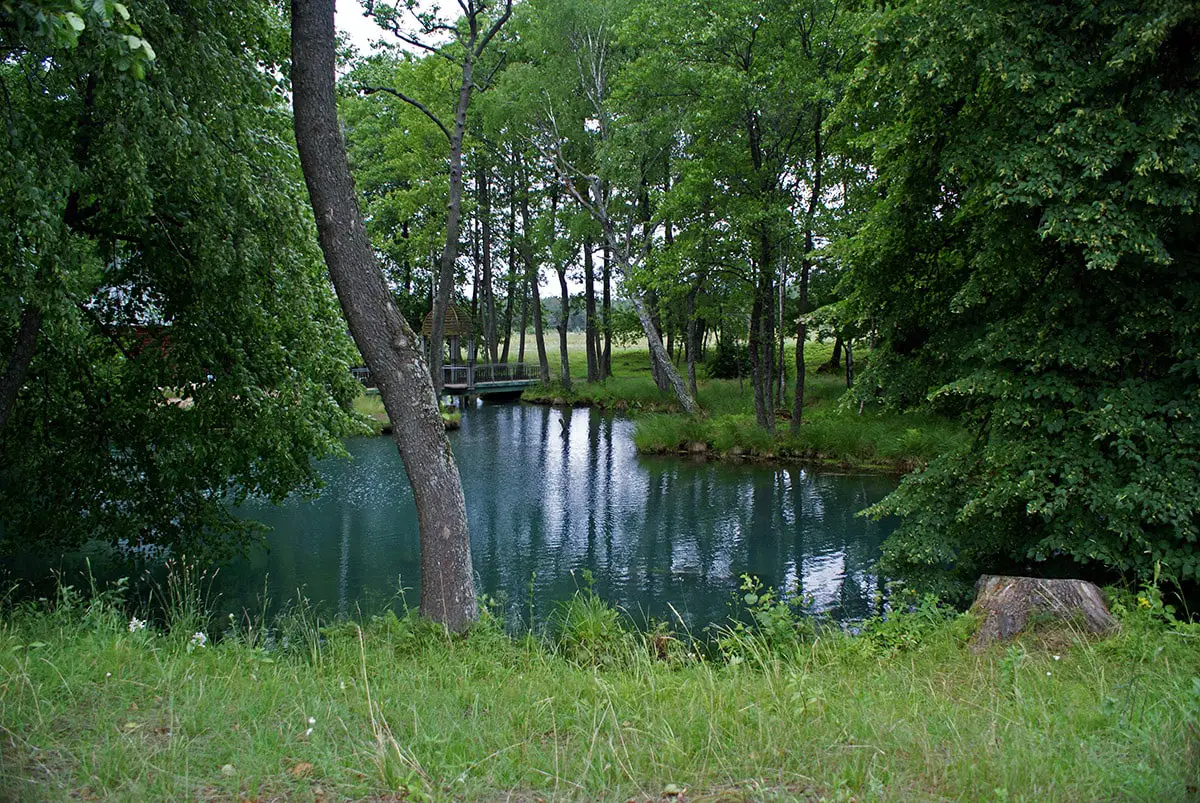Wondermondo 🢖 World 🢖 Wonders of Europe 🢖 Wonders of Belarus
Territory
Wonders of Belarus
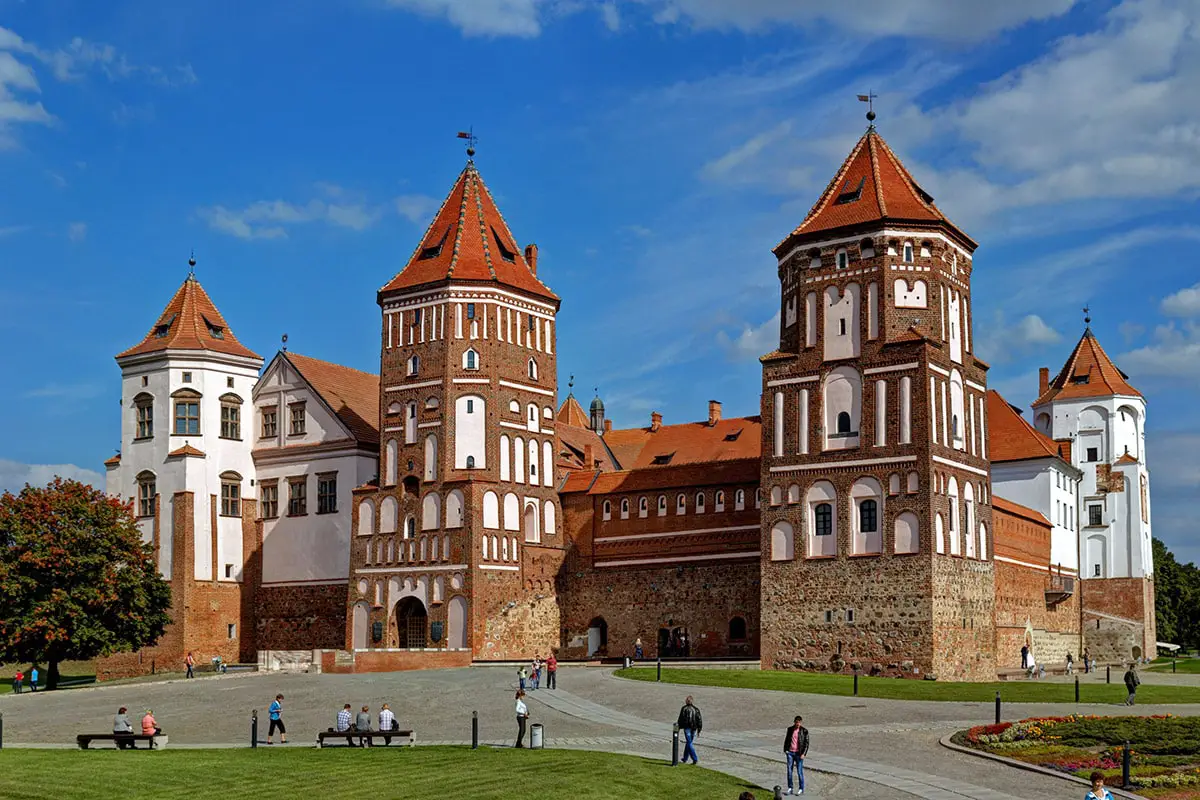
 Highlights
Highlights
Devastating wars have eliminated much heritage in Belarus. Thus, for example, quite a few towns here are older than 1000 years but only a few have complexes of historical buildings.
The most amazing wonders of Belarus are:
- Churches of Kievan Rus’ times – some of the architecture jewels from these old times (11th – 12th centuries) have survived up to this day and include Savior Transfiguration Church in Polotsk and Kalozha Church of Saint Boris and Gleb.
- Baroque churches – together with the neigboring Lithuania Belarus has some of the oldest and impressive Baroque architecture outside Italy. This includes Corpus Christi Church in Nesvizh, Hrodna Cathedral of Saint Francis Xavier and Pinsk Assumption Cathedral.
- The large castles – visually most impressive historical structures in Belarus. Most impressive ones are Mir castle and Nesvizh Castle.
Map with the described wonders
If you see this after your page is loaded completely, leafletJS files are missing.
 Top 175 wonders of Belarus
Top 175 wonders of Belarus
Geological wonders
Blakitnaja Krynica (Blue Well)
Magileu Region
Powerful, picturesque spring, considered to be the most powerful spring in East European Plain. Output – around 60 l/s. Site of legends, a sacred place.
Archaeological wonders
Berestye Archaeological Museum
Brest Region
Authentic East Slavic wooden town from the 13th century. The site was excavated from 1968 to 1981 and then conserved. In total there are 28 log cabins.
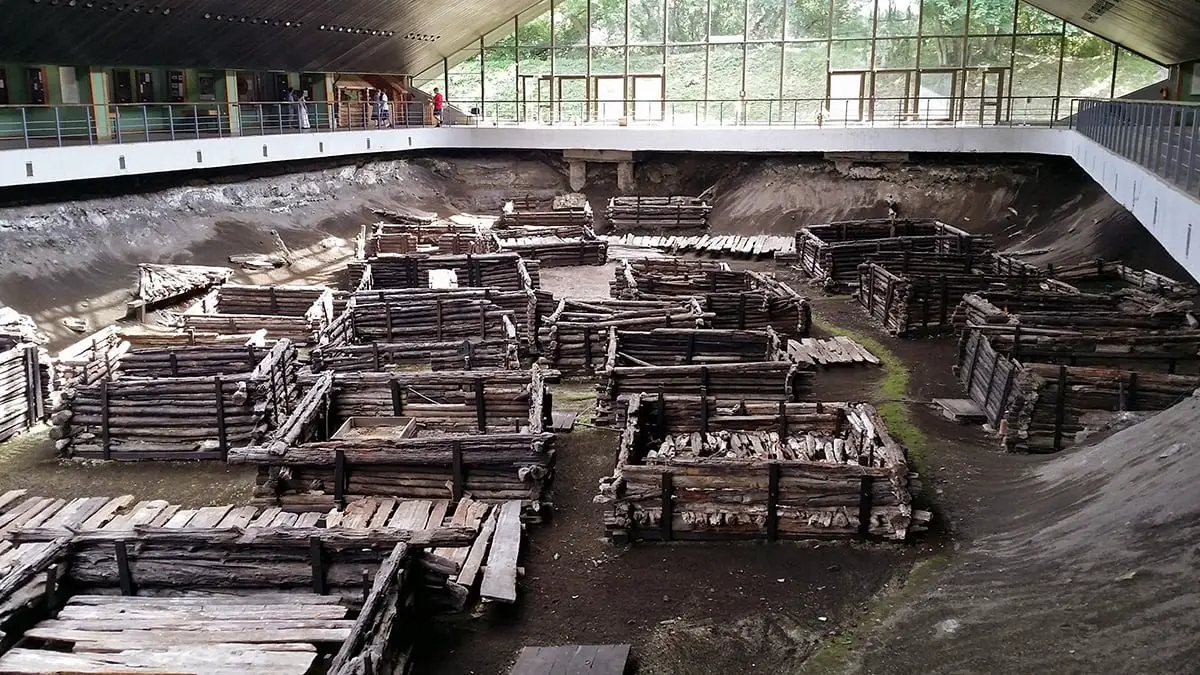
Architecture wonders
Mir Castle
Hrodna Region
Large castle with interesting architecture. Construction started in the early 16th century in the Gothic style, but in 1568, as it became a property of the Radzivill family, there was built large residence in the Renaissance style. Now it is to a large extent reconstructed and has ornate interiors. Legends about ghosts and apparitions.
Nesvizh Castle
Minsk Region
The former estate of the influential Radziwill family, constructed in 1582-1604 in Renaissance and Baroque style on the site of an earlier castle. The castle consists of ten connected buildings. For the most part, it is reconstructed. Legends about ghosts and apparitions.
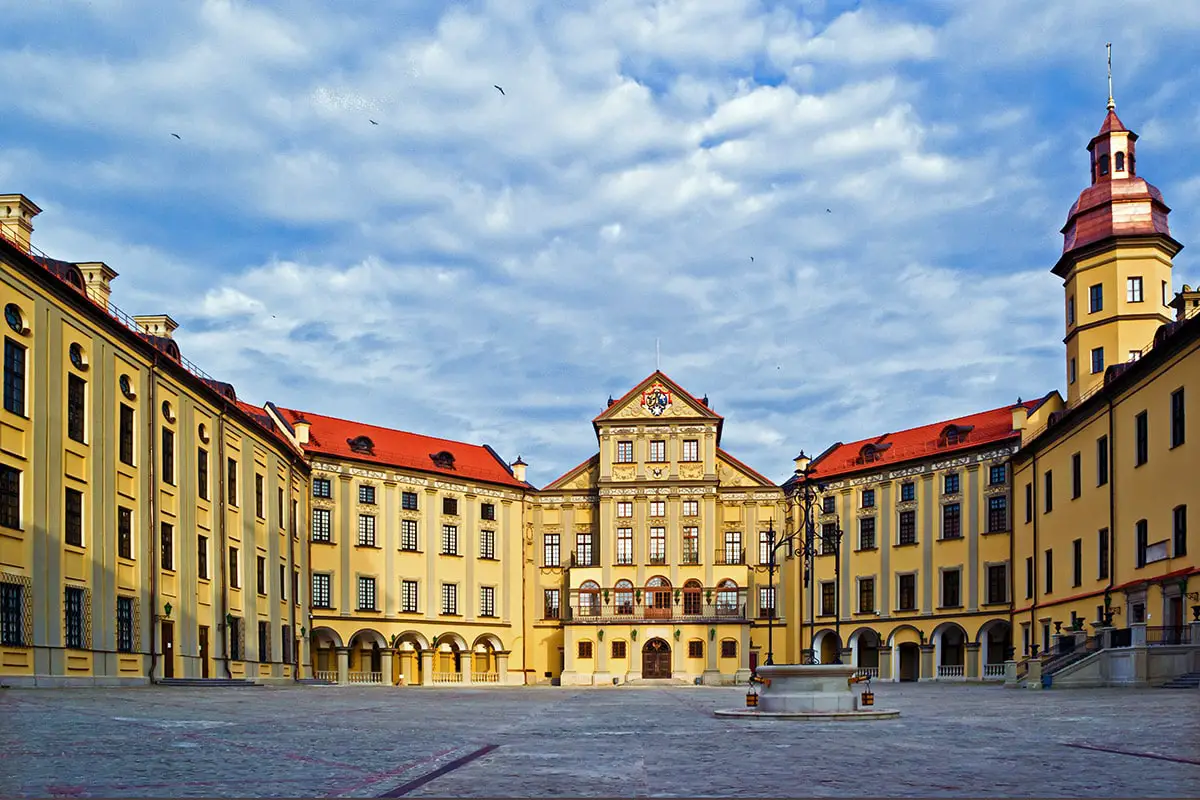
Saint Sophia Cathedral in Polotsk
Vitebsk Region
Medieval church, built in the time period between 1044 and 1066. This most likely is the oldest church in Belarus and it symbolized the independence of Polotsk. Later it has been rebuilt and now very little remains of the original structure. There have been uncovered the burials of the Princes of Polotsk including the legendary Vseslav who was considered to be a sorcerer and werewolf. Current shape and ornamentation for the most part were made in the 18th century in the Baroque style.
Savior Transfiguration Church in Polotsk
Vitebsk Region
Well preserved example of the early Rus church architecture. This small church was built in the 12th century. Contains frescoes from the 12th century.
Corpus Christi Church in Nesvizh (Farny Kostel)
Minsk Region
Early Baroque-style church, the first one in Eastern Europe. Constructed in 1587 – 1593 in the Radzivill family estate, designed by Italian architect Giovanni Bernardoni. The church contains the graves of Radzivill family members.
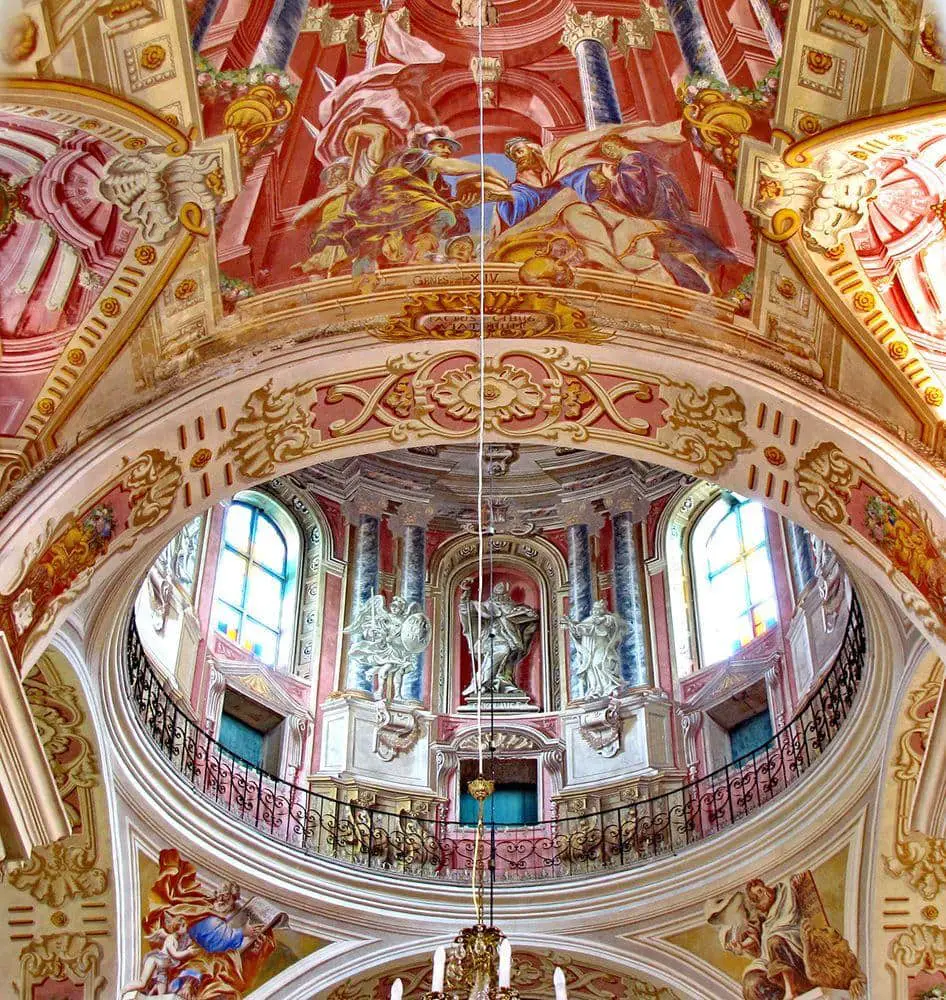
Synkavichy Fortified Church of Saint Michael
Hrodna Region
One of the few fortified churches in Belarus, built in the early 16th century in Gothic style with some Renaissance influence.
Muravanka (Murovanka) Fortified Church
Hrodna Region
Beautiful church, built in Gothic and Renaissance styles in the time period between 1516 and 1542. This is one of the few remaining fortified churches, it has four towers and shooting windows.
Hrodna Cathedral of Saint Francis Xavier
Hrodna Region
One of the most beautiful churches in Belarus, an outstanding example of the Baroque style in Eastern Europe. Built in 1687 – 1705. The towers are 65 m high and the sumptuous interior is adorned with a 21 m tall altar.
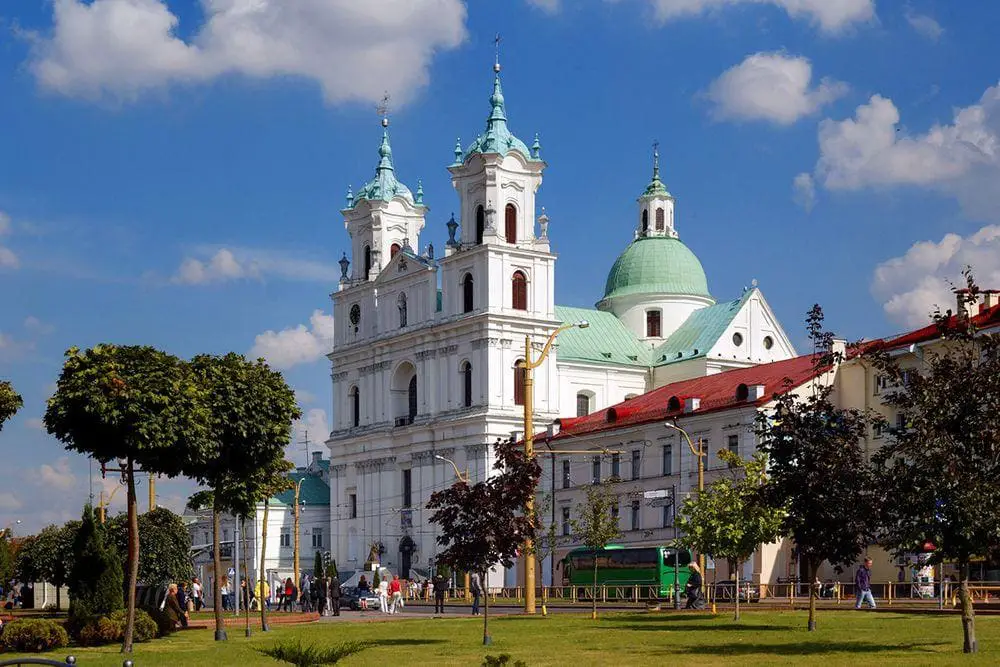
Tower of Kamyenyets
Brest Region
Fortified tower (donjon), built in 1271 – 1289 on the northern border of Volhynia. The only such tower (remnant of a motte-and-bailey castle) in Belarus, built in Gothic style from brick and 30 m high.
Gomel Palace
Homel Region
Large palace in Neo-Classicism style, with Empire-style interiors. Built between 1777 and 1796. Around the palace is an extensive park in English style.
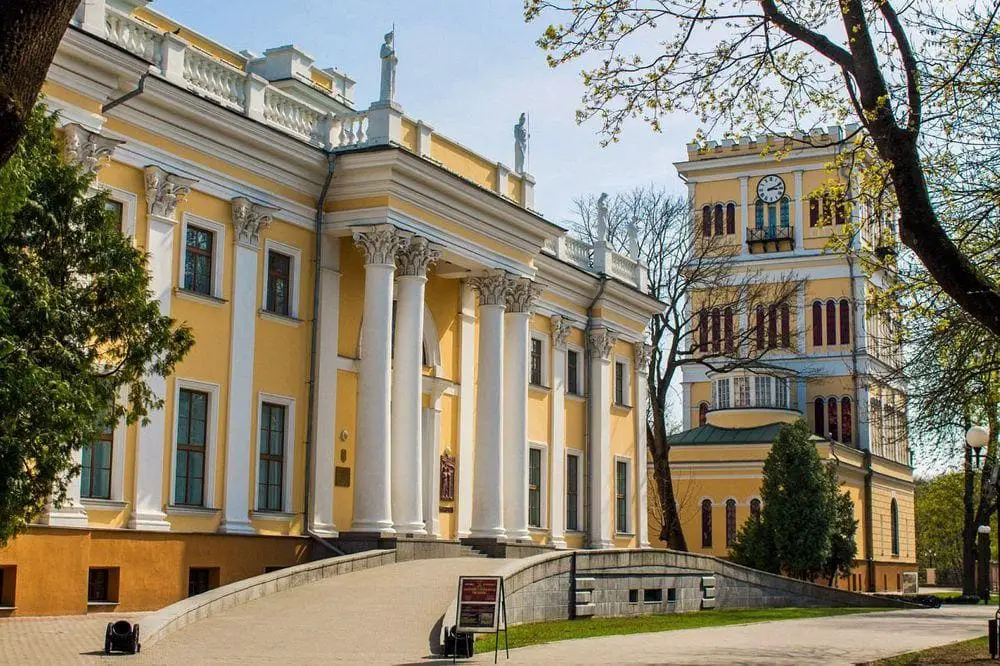
Kossovo (Kosava) Palace
Brest Region
Large, ornate palace in Neo-Gothic style, built in 1838 by count Puslowski. Its twelve towers represent the months of the year. Now in ruins, under restoration.
Pinsk Assumption Cathedral
Brest Region
This church with the surrounding buildings is one of the largest ensembles of Baroque architecture in Belarus. Constructed in 1706 – 1730 as a church for a Franciscan monastery. The ornate interior includes more than 100 sculptures, many are covered with gold.
Hrodna historical center
Hrodna Region
Hrodna is the only large city in Belarus with a well-preserved historical center. The street network has formed during the Middle Ages and there are numerous historical buildings from the 18th – 19th centuries as well as some older buildings – castles, and churches.
Kalozha Church of Saint Boris and Gleb
Hrodna Region
One of the few existing churches from the period of Pre-Mongol Rus. Constructed around 1180. The architectural style of this church seems to be influenced by the Romanesque style.
Boris Stone in Polotsk
Vitebsk Region
One of the several stones with inscriptions from the 12th century, made in the times of Rogvolod Vseslavich (Boris), the Prince of Polotsk, thus marking the important trade routes, especially the Daugava River. The stone was found in Daugava and transported to the center of Polotsk in 1981. Another such stone is the Boris Stone in Druya at the Latvian border, there are some more.
 Recommended books
Recommended books
A History of Belarus
Rare materials about Belarus are a potential treasure trove for the English language reader. A blank spot on the map for many, Belarus is an undiscovered mystery in the heart of Europe – undiscovered, because little has been published on the country’s history and current affairs, and the origin of the ethnic group that calls itself ‘Belarusians’. Author Lubov Bazan attempts to uplift the veil of secrecy surrounding Belarus and answer an important question of the ethnogenesis of the Belarusians.
Belarus (Bradt Travel Guide)
Lawyer-turned-author and charity worker Nigel Roberts is one of the leading experts on Belarus, a much-misunderstood country that is gradually opening up more to the rest of the world. This new edition remains the only dedicated English-language guide to Belarus and will be of particular interest to the growing number of visitors from the USA interested in tracing the history of their Jewish families.

